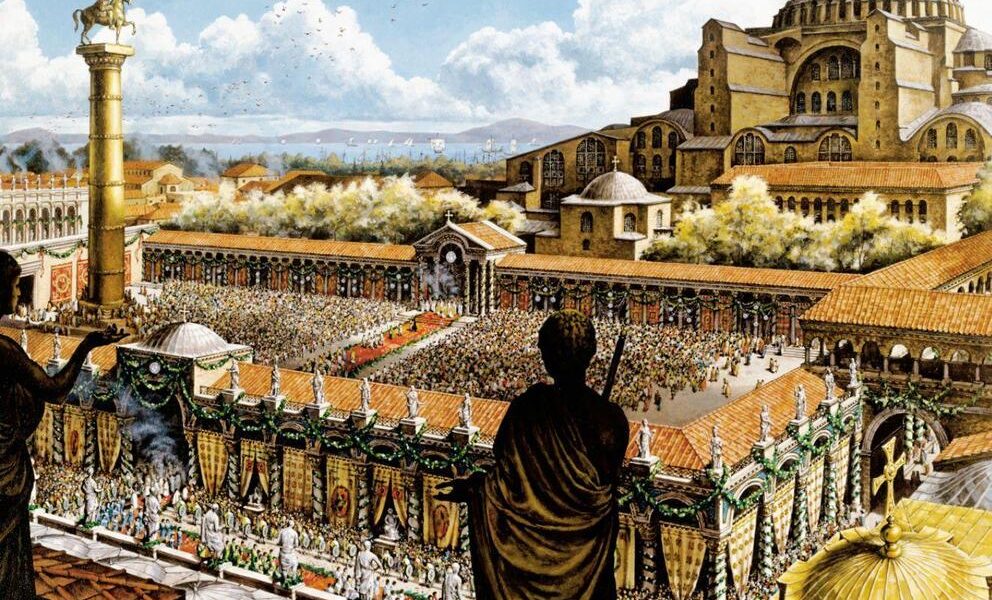On May 11, 330, Constantine I dedicated Byzantium (Constantinople; now Istanbul) as the new capital of the Eastern Roman Empire (Byzantine Empire), an act that helped transform it into a leading city of the world.
Constantine led a grand procession through the streets of the new City to the base of a new Imperial Column at Constantinople’s centre to officially sanctify the city as the new centre of the Imperial Roman world.
Byzantium was colonised by Greeks from Megara in 657 BC and remained primarily Greek-speaking until its conquest by the Ottoman Empire in 1453 AD.
Constantine the Great, Roman Emperor from 306 to 337, was the first Christian Emperor and transitioned the empire from paganism to Christianity.
His mother Helen was a low born Greek, who during a religious tour of Syria, Palestine and Jerusalem discovered the True Cross.
The Emperor's decision to announce Byzantium, then renamed as New Rome, as the new capital city would see it continue the Roman Empire in its eastern provinces continue for another 1,000 years.
READ MORE: Greeks begin long process of reviving destroyed Istanbul community after Turkish persecution.

